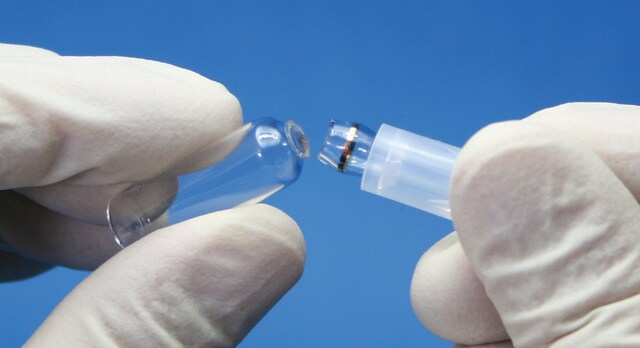693723
Gadolinium
foil, thickness 1 mm, 99.9% trace rare earth metals basis
About This Item
Prodotti consigliati
Saggio
99.9% trace rare earth metals basis
Forma fisica
foil
Impiego in reazioni chimiche
reagent type: catalyst
core: gadolinium
Resistività
126 μΩ-cm, 20°C
Spessore
1 mm
P. eboll.
3273 °C (lit.)
Punto di fusione
1313 °C (lit.)
Densità
7.886 g/mL at 25 °C (lit.)
Stringa SMILE
[Gd]
InChI
1S/Gd
UIWYJDYFSGRHKR-UHFFFAOYSA-N
Cerchi prodotti simili? Visita Guida al confronto tra prodotti
Applicazioni
Quantità
Avvertenze
Warning
Indicazioni di pericolo
Consigli di prudenza
Classi di pericolo
Water-react 3
Codice della classe di stoccaggio
4.3 - Hazardous materials which set free flammable gases upon contact with water
Classe di pericolosità dell'acqua (WGK)
WGK 3
Punto d’infiammabilità (°F)
Not applicable
Punto d’infiammabilità (°C)
Not applicable
Dispositivi di protezione individuale
Eyeshields, Gloves, type P3 (EN 143) respirator cartridges
Scegli una delle versioni più recenti:
Possiedi già questo prodotto?
I documenti relativi ai prodotti acquistati recentemente sono disponibili nell’Archivio dei documenti.
I clienti hanno visto anche
Articoli
Technologies are an integral part of our lives and we rely on them for such things as communication, heating and cooling, transportation, and construction. Improvements to technologies have made what they do for us more precise, automated, efficient, and powerful.
A significant limiting factor for wearable electronics and wireless sensors is the finite amount of energy that can be stored in on-board batteries.
Rechargeable solid-state batteries are becoming increasingly important due to wide-spread use in computers, portable electronics, and vehicular applications.
The unique properties of the rare-earth elements and their alloys have brought them from relative obscurity to high profile use in common hightech applications.
Il team dei nostri ricercatori vanta grande esperienza in tutte le aree della ricerca quali Life Science, scienza dei materiali, sintesi chimica, cromatografia, discipline analitiche, ecc..
Contatta l'Assistenza Tecnica.






